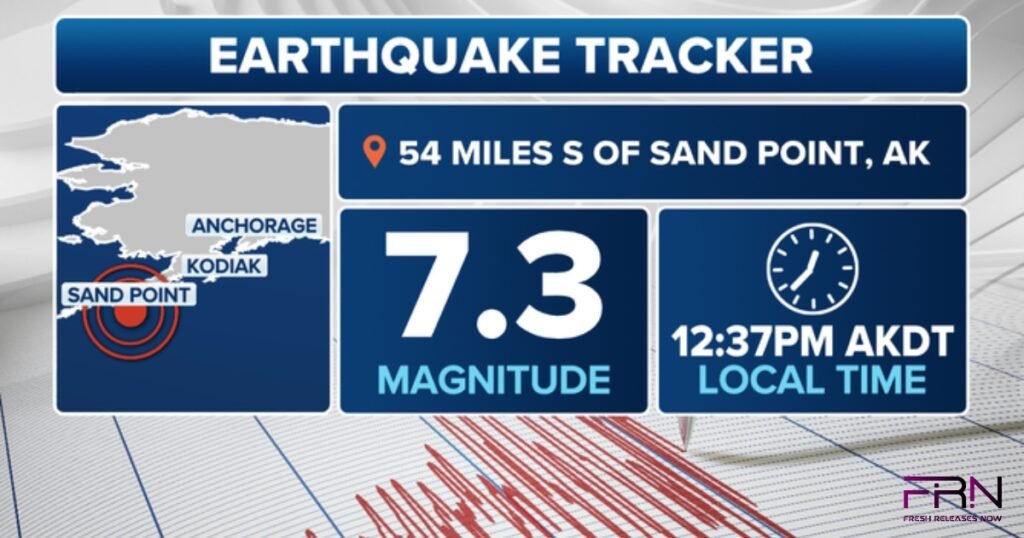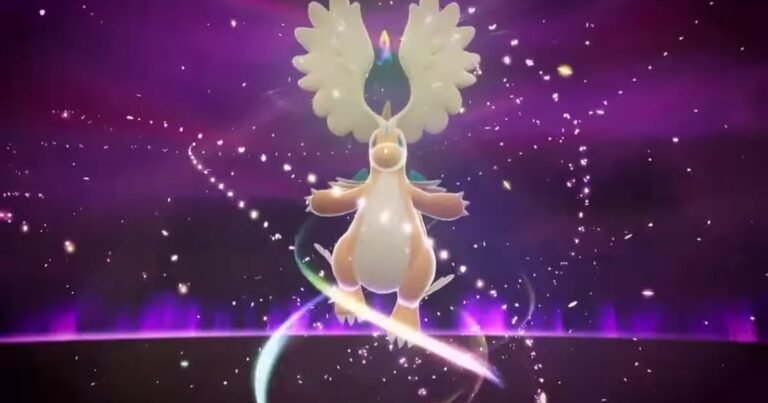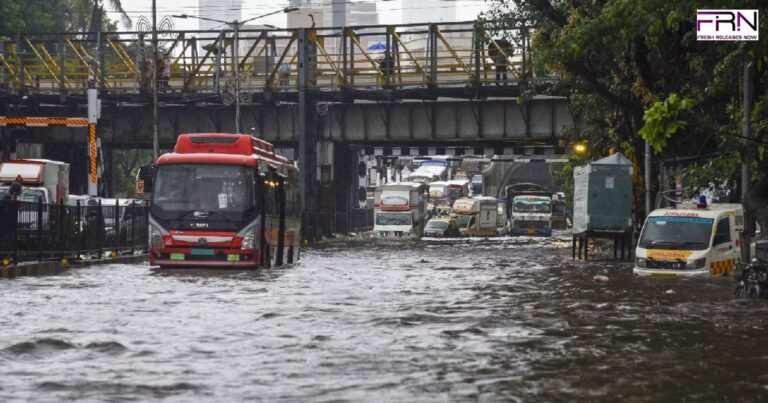
A massive earthquake of 7.4 hit the Alaska coast on Wednesday. After the quake hit the coast, officials warned nearby areas about a tsunami. Therefore, people took the warnings seriously and stayed alert. However, when the experts checked the ocean waves, they didn’t see the possibility of a tsunami happening. Therefore, the warnings issued were cancelled later. Let’s find out the details on why this happened and how people responded to it.
7.4 Earthquake Shakes Alaska’s Coastline
A strong earthquake struck the coastline of Alaska on Wednesday. Due to the massive hit, the ground moved for a few seconds. People living in the nearby places felt the earthquake and moved to a safe place immediately. This earthquake took place under the ocean, not too far from the coastline—the U.S. The Geological Survey examined the quake and said it had 7.4 magnitude.
Furthermore, more information explained that the earthquake took place around 10:45 p.m. in Alaska. It took place in the Aleutian Islands, located on the edge of a fragile line. Therefore, this place includes two Earth’s pieces rubbing against each other. So, the rubbing of this place leads to earthquakes.
After the earthquake hit the place, people contacted emergency services to report the situation. Few expressed that they felt scared or dizzy. However, no major casualty was found, and no one was injured due to the incident. But the aftermath of the incident caused fear in people.
U.S. Pacific Coast Issued Tsunami Warnings
After the massive hit near Alaska, the experts issued tsunami warnings and sent them to the U.S. Pacific Coast. The warning went to areas like Oregon, Washington, parts of California, and Alaska. Furthermore, the residents received warnings through local channels and on their phones.
The National Tsunami Warning Centre responded quickly to check out the location and magnitude of the earthquake and concluded that a tsunami might happen later due to the massive quake under the ocean. Therefore, the officials informed the nearby local people living near the coastlines to move to higher areas. Few towns warned people using sirens. However, few people took the initiative to leave their homes immediately and reside in safer places for some time.
The warnings about the disaster caused fear within people, but it kept them ready and alert. Meanwhile, rescue teams stayed in touch with the local people and monitored the situation closely. The emergency team stayed ready, if a tsunami were to hit the place.
Authorities Responding to the Disaster
After the earthquake hit Alaska, the rescue team rushed to the place to help people move to safer places. They mainly helped people to keep them protected from the possibility of a tsunami happening. They created a safe place and worked hard to alert people. Therefore, such actions helped people to stay safe and calm. Actions taken by authorities:
- Sent Emergency Alerts: The authorities sent out alerts as soon as they had the possibility of a tsunami taking place. Furthermore, people received these alerts via video, phone, and TV.
- Started Warning Systems: Towns located near the coastlines used sirens to alert people about a tsunami. Thus, allowed people to move to safer places immediately.
- Evacuation: Officials and experts asked people to evacuate the places close to the coastlines and move to higher ground. Few towns provided shelters and safety to people.
- Experts Examining the Ocean Waves: Professionals and experts used special equipment to check out the ocean waves. The equipment mainly helped them to find any signs of a tsunami.
- Provided Frequent Updates: The National Tsunami Warning Centre warned people by giving frequent updates. They shared the collected information and asked people to take safety measures.
NOAA’s Response
The National Oceanic and Atmospheric Administration (NOAA) started to look for tsunami waves seconds after the earthquake hit the Alaska coastline. They took the help of equipment like ocean buoys and wave sensors to know if the massive quake led to a tsunami.
NOAA started examining the water levels very closely across the Pacific Ocean. They check every place along the U.S. coastline. However, they didn’t record any major changes in the water level or the waves formed, while including only a few small changes. Therefore, the tiny changes in the ocean waves posed less risk to the people nearby.
Since the ocean waves stay calm, NOAA announced that the risk of a tsunami has subsided. However, the experts kept watching the ocean waves for several more hours to ensure the situation stays safe. Therefore, providing updates to people frequently.
Before cancelling the tsunami alerts, NOAA checked out the waves once again to verify the data. Thus, to stay 100% sure about the data collected and to conclude that the danger had passed. Once they ensured that there were no strong waves, they decided to cancel the tsunami warnings.
U.S. Coastlines on Highest Alert
After the earthquake hit Alaska, people living near the U.S. Pacific Coast stayed on high alert. The warnings related to the tsunami went out to several places, and local leaders took initiative to help out the people.
Therefore, a few coastal towns provided shelters to keep people safe. These towns mainly provided refuge to people, including older adults and young children. The volunteers also offered them food, water, and blankets.
After the warnings, a few cities turned the gas line off to reduce the chance of fire when the waves hit. People from fishing towns left their businesses and moved to higher ground. Furthermore, shopkeepers located on the coast closed their doors and moved to some place.
All flights were grounded at the airports of Alaska and Washington after the tsunami warnings were issued. They waited until receiving all-clear instructions. In port areas, ship traffic stopped or slowed as they waited for clearance news from the Coast Guard.
Conclusion
The recent earthquake that hit Alaska on Wednesday increased the chances of a tsunami. Due to the chances of a tsunami, the rescue team implemented safety protocols and evacuation plans to keep people safe. However, after checking the ocean waves closely, the experts didn’t find any tsunami risk. Therefore, the tsunami warnings were cancelled.


